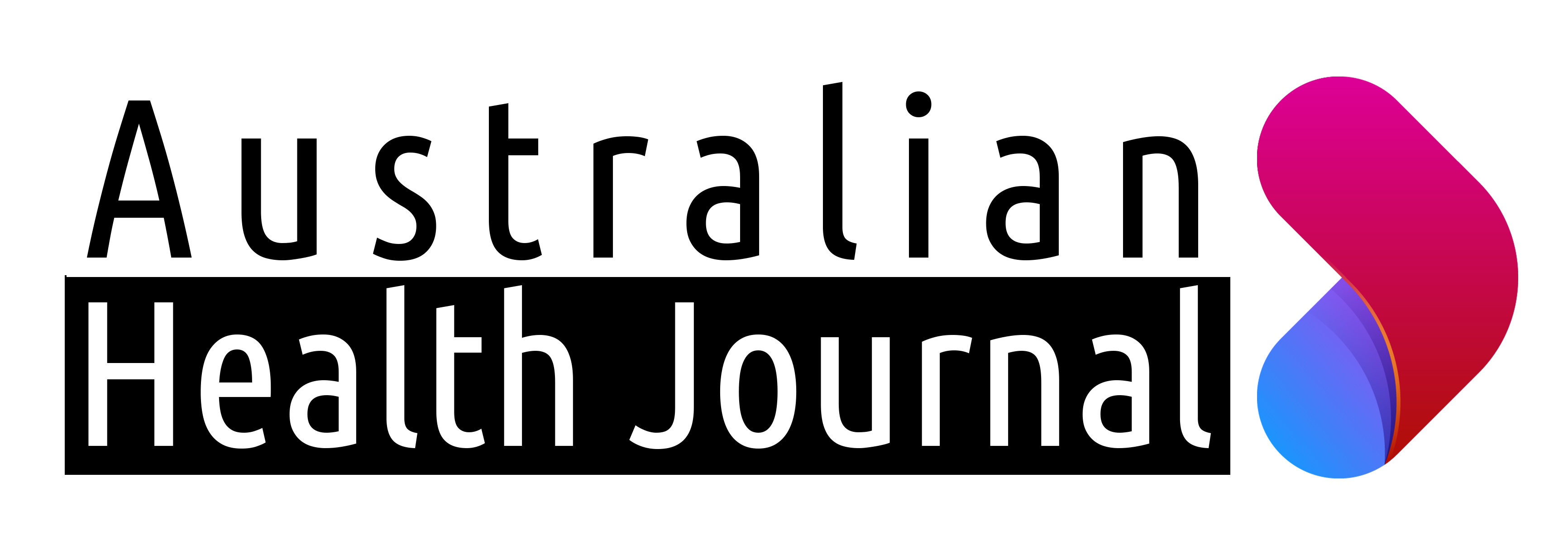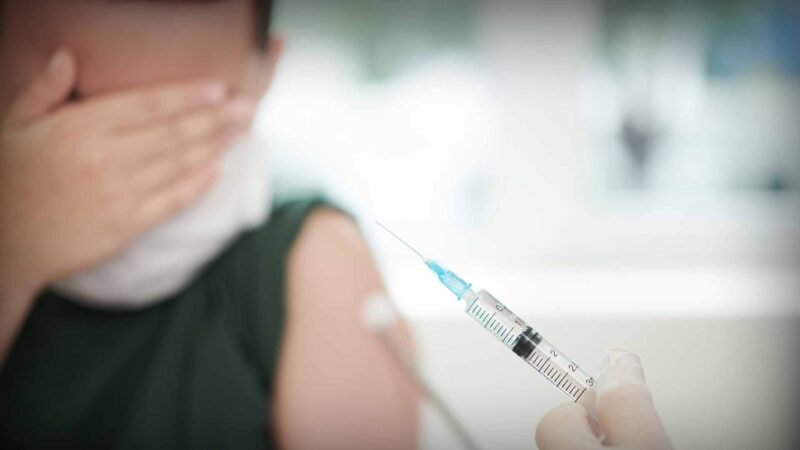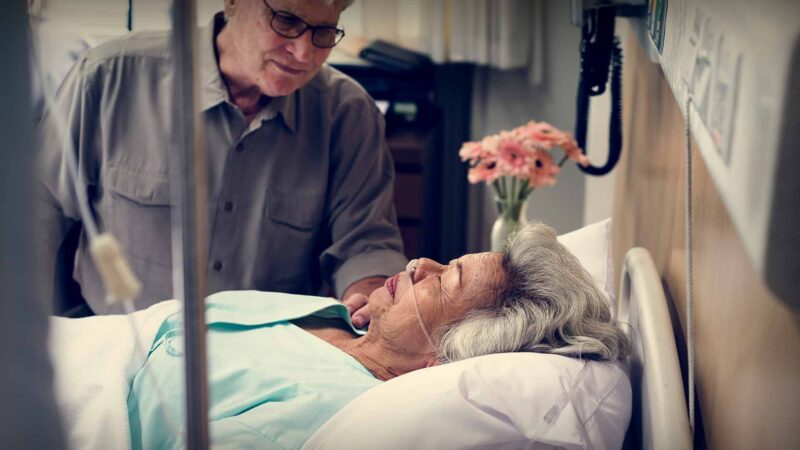Anaemia affects over 1.5 billion people around the world, including about 1 in 20 Australians.
It occurs when a person lacks oxygen-carrying red blood cells (haemoglobin) and iron.
The blood disorder is a major public health concern that mainly affects low and middle-income countries, where the condition remains one of the most avoidable causes of illness and death.
While symptoms commonly include severe fatigue and shortness of breath, if left untreated, the condition can also cause heart problems, pregnancy complications and even death.
The way anaemia is diagnosed worldwide could change for the first time in 50 years, following a landmark study led by Walter and Eliza Hall Institute of Medical Research (WEHI) researchers.
In 2014, WEHI researchers began a study at the request of the World Health Organization (WHO), to formally review its global anaemia guidelines that were last updated in 1968.
Study lead and Acting WEHI Deputy Director, Professor Sant-Rayn Pasricha, speaking to Australian Health Journal said while anaemia can be diagnosed by measuring the amount of haemoglobin in the blood, there is currently no consensus on the thresholds that should be used to define the condition.
To define the new haemoglobin thresholds, researchers analysed the data of hundreds of thousands of healthy individuals from countries like the United States, the Netherlands, Bangladesh, the United Kingdom and Australia.
“Children weren’t included in the 1950’s study that underpinned the previous anaemia guidelines, highlighting how limited this data was,” Prof Pasricha said.
“Having included healthy children in our study, we found that the haemoglobin threshold for kids should be slightly reduced.
“This may seem like a small change, but it will translate to millions of children no longer being classified as anaemic and needing treatment.”
“Currently, a patient can be diagnosed with anaemia at one clinic but not the other – even within the same city,” Prof Pasricha, also a haematologist and the Head of WEHI’s Anaemia Research Lab, said.
“As people living with anaemia often need ongoing treatment, every anaemia misdiagnosis causes unnecessary costs and pain.
The revised WHO guidelines help to alleviate this critical challenge by providing a clear set of haemoglobin thresholds that could, for the first time, be uniformly used to harmonise the diagnosis and treatment of anaemia for billions of people worldwide.
In March 2024, the findings have been used by the World Health Organization (WHO) to revamp its global guidelines for the condition, which could change the anaemia diagnosis for millions of people across the world.
“We hope these new guidelines will be adopted as the new global advice and help to reduce the health burden that continues to be inflicted by anaemia across the world,” Prof Pasricha said.
You Might also like
-
Research funded to investigate early-onset bowel cancer progression
Bowel Cancer Australia recently announced a team led by Professor Michael Samuel as the successful applicant for a three-year $600k early-onset bowel cancer research project through the 2023 round of Cancer Australia’s Priority-driven Collaborative Cancer Research Scheme (PdCCRS).
-
Clinical entrepreneur addresses needle-phobia
Australian entrepreneur, Lauren Barber, turned her nursing background into the role of an inventor and launched a medical device into the Australian healthcare industry.
No journey is linear for an entrepreneur, but Lauren has travelled considerable distance from a nursing student to a successful entrepreneur illustration her determination and passion to help those with needle phobias. Lauren’s work with NeedleCalm is making a positive impact in the healthcare industry and improving the experiences of patients and clinicians alike.
-
Co-design and adoption Frail, Homebound and Bedridden Population New Content New Models of Care Seniors and Aged Care
Keeping elderly out of hospital
Pioneer in health care, Geriatrician Professor Susan Kurrle, Curran Professor in Health Care of Older People at the Faculty of Medicine and Health, University of Sydney AO spoke after receiving the Australian Healthcare and Hospitals Association 2022 Sidney Sax medal award.
The Sidney Sax medal is awarded for outstanding contributions to the development and improvement of Australia’s healthcare system.



